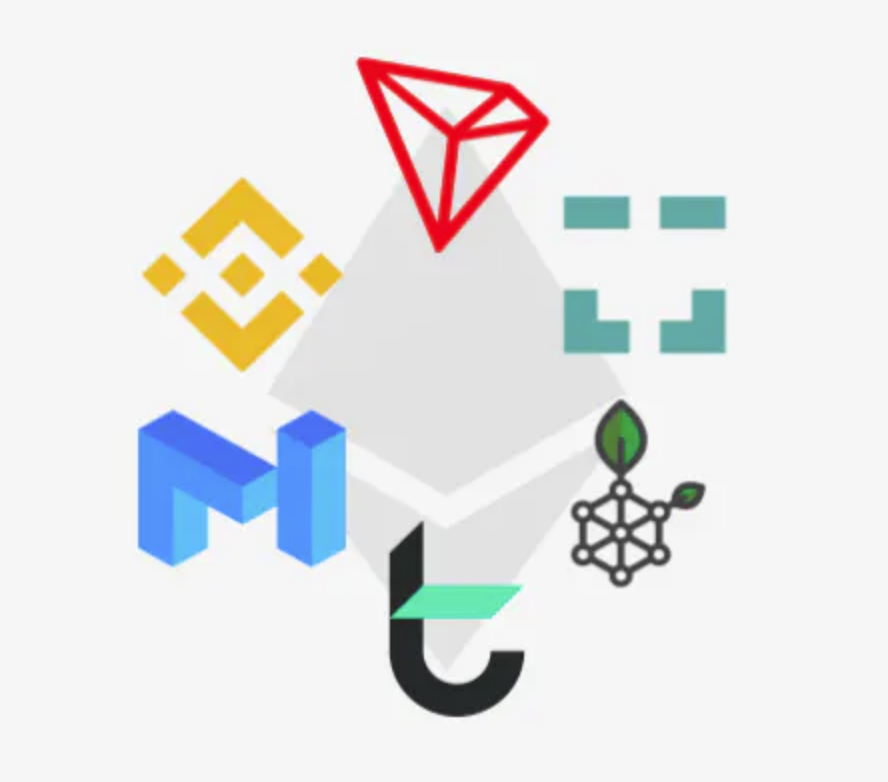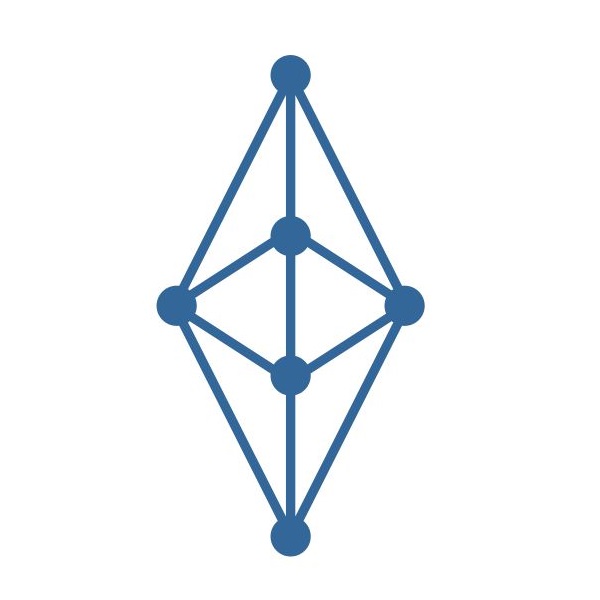EVM Chains for our stable-coin Smart Contracts
This year the DMF team have been focused on developing, testing and auditing Smart Contract code for our portfolio is stable coins. One of our goals has been to deploy our stable coins as Smart Contracts on the most popular blockchains based on the Ethereum Virtual Machine (EVM).

The Chains and their native (gas) tokens we plan to deploy on include:
- Ethereum (ETH)
- Binance Smart Chain (BNB)
- Polygon chain (MATIC)
- Huobi ECO Chain (HT)
- Avalanche chain (AVAX)
- xDai chain (STAKE)
We are investigating other EVM chains for later deployment. Some of those chains are:
- Fantom Opera chain (FTM)
- Harmony chain (ONE)
- TomoChain (TOMO)
- OKExChain (OKT)
- Near (NEAR)
- Fusion (FSN)
- KuChain (KCS)
There are a lot of EVM compatible blockchains coming out. Crypto exchanges are trying to release their own Ethereum-killer chain and developers are rushing to build the next big DeFi platform on those chains.
Ethereum Virual Machine (EVM) blockchains are forks of the (basically copy/pastes) of the original Ethereum blockchain open-source project. These new EVM blockchains use most of the same code as Ethereum, but vary in their consensus method. They mostly use Proof of Stake (PoS) consensus protocols.
The most popular EVM blockchain spin-off is Binance Smart Chain (BSC) created by Binance. It became very popular because it was an alternative for people who wanted to use DeFi but didn’t want to pay the insane gas fees on Ethereum.
BSC uses a PoS consensus method with 21 validators. This allows it to operate with lower gas fees.
The other new EVM blockchains are pretty much running under same idea: Proof of Stake allows for lower gas fees and faster transactions, which attracts more users onto the chain.
The convenient thing about EVM chains is that they are easily integrated by MetaMask wallets.
